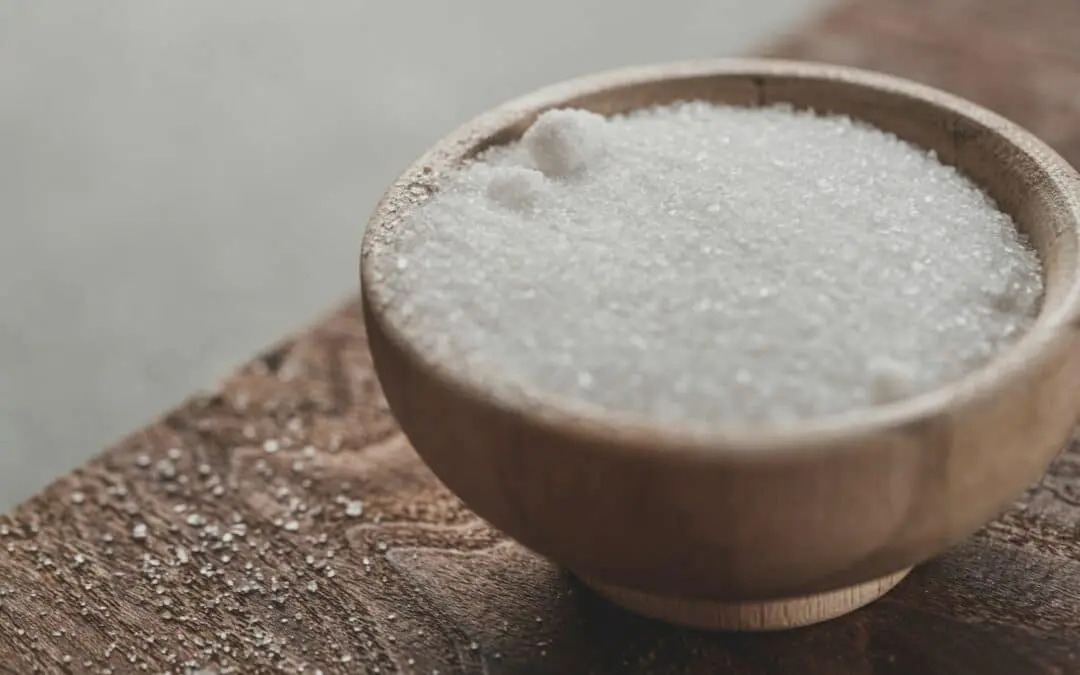Small amounts of salt in your dog’s diet can help them maintain their hydration. Too much salt can cause severe damage to your dog’s entire body. Read on to learn more about salt, and how it can impact your dog’s health.
How Does Salt Affect Dogs?
Salt is essential for life, as it is the source of essential minerals like sodium and chlorine. A small amount of salt is necessary for nerve function, muscle contractions, cellular health, and fluid balance.
In the wild, wolves and other animals will often congregate in areas where natural mineral deposits of salt seep toward the surface. Wolves may also get the salt they need from their prey, particularly from the blood. For our domesticated canine friends, their daily kibble or wet food should provide all the salt they need.
What Happens If My Dog Eats Too Much Salt?
Salt is only safe for dogs in small quantities, which is why you shouldn’t share your own food with your pet. When a dog consumes too much salt, it can lead to dangerous consequences. Salt toxicosis (salt poisoning) is the most dangerous, but it is very rare. Dehydration and kidney complications are the most common reactions. While these conditions can be dangerous, they are not usually deadly.
- Salt Poisoning – If a dog consumes too much salt it can lead to vomiting, diarrhea, seizures, and even death. If you are concerned about your pet, contact your veterinarian right away.
- Dehydration – High levels of sodium in dogs can draw water from the cells, causing dehydration. Unless your pet has been severely dehydrated for a long while, ensuring your pet becomes hydrated again can solve this problem.
- Kidney Complications – A dog’s kidneys work to remove excess salt and other unwanted substances from the body. However, too much salt can strain the kidneys and keep them from functioning properly.
Bring your dog to the vet if they are showing signs of poisoning, severe dehydration, or kidney failure. Symptoms to watch out for include:
- Vomiting
- Diarrhea
- Excessive thirst
- Excessive urination
- Lethargy
- Weakness
- Incoordination
- Decreased appetite
- Seizures
- Coma
Are Some Types of Salt More Dangerous Than Others?
Yes. Some types of salt are far more dangerous. Table salt is the least dangerous, and it’s safe in small quantities. Epsom salt and rock salt, on the other hand, will only cause problems if your dog eats them.
Epsom salt, named after the town in England where it was discovered, is made up of crystalline magnesium sulfate. It is NOT the same as table salt. While it can have therapeutic benefits when used outside the body, it can be deadly if consumed.
Rock salt, like table salt, is composed mostly of sodium chloride, however, it can also contain traces of dangerous substances like cyanide. In snowy areas or after winter storms, it’s often used to melt the ice on roads or sidewalks. It can be damaging to a dog’s paws, and it is also harmful if they lick it off their paws and swallow it. Fortunately, rock salt is not common here in sunny Arizona.
Emergency Veterinary Care in Gilbert
If you have concerns your dog might have consumed too much salt, contact a veterinarian. They will ask you questions, and help you determine if your pet needs to be seen right away. Here at East Valley Animal Hospital, we understand the importance of bringing your pet to someone you trust. That is why we offer both typical veterinary care and emergency care. If you have any concerns about your pet’s health, call us right away at 480-892-1577.
Images used under creative commons license – commercial use (2/18/25). Photo by Faran Raufi on Unsplash.

